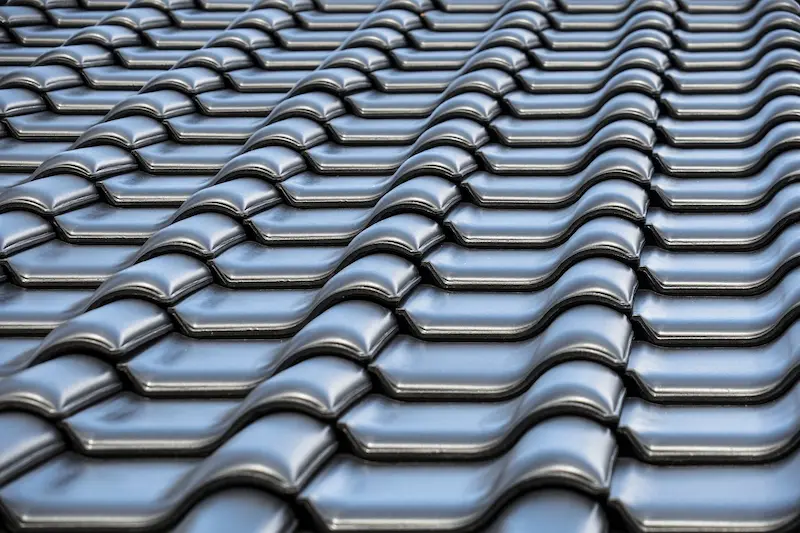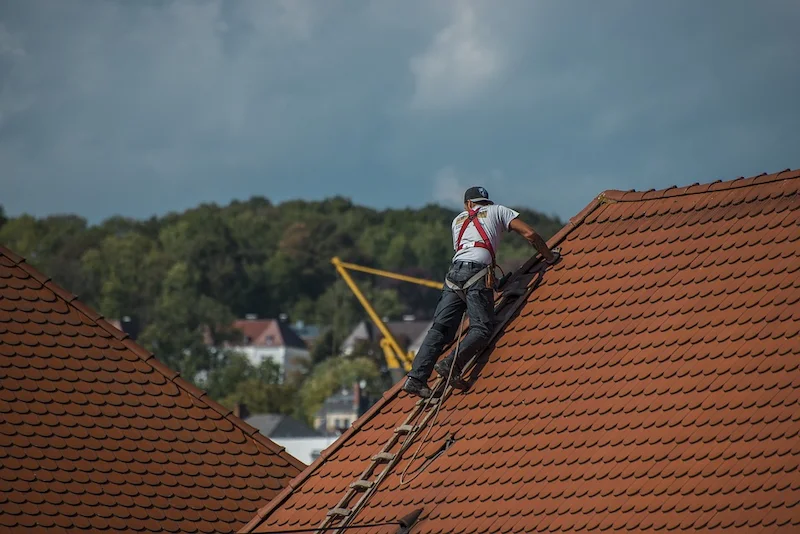Table of Contents
Handling roofing issues can be daunting, especially when you consider the role roofs play in protecting homes and buildings. From leaks to structural damage, the types of problems that can arise vary significantly depending on climate, materials, and maintenance. This article sheds light on how roofing experts effectively address common roof problems, guiding homeowners on the best solutions and practices.
Understanding Common Roof Issues
To effectively address roofing problems, it is crucial first to understand what they are. Common roof issues include leaks, damaged shingles, poor insulation, and structural abnormalities. Each issue has its root causes, often stemming from environmental conditions, such as heavy rain, snow, and extreme temperatures. A study conducted by the National Roofing Contractors Association (NRCA) reveals that nearly 75% of roofs are underperforming due to poor maintenance and regular inspections.
Recognizing Signs of Roof Problems
Detecting roof issues early can save homeowners substantial costs. Signs of damage often include water stains on ceilings or walls, missing shingles, and increased energy bills, indicating poor insulation. Additionally, homeowners should regularly inspect their roofs, especially after severe weather events. Regular vigilance ensures that small issues do not escalate into more significant problems. It’s also essential to check for mold and moss on the roof. These growths can trap moisture, leading to rotting materials beneath the roof surface. Understanding these signs gives homeowners a proactive approach to roof maintenance.
Find the Right Roofing Contractor
Once a roofing issue is identified, the next step is to find a qualified roofing expert. Not only does this ensure that the problem is diagnosed correctly, but it also guarantees that repairs or replacements are performed to industry standards. Recommendations from friends or family are often a good start, but conducting thorough research is essential. When selecting a contractor, check online reviews and ensure they are licensed and insured. For a tailored solution that fits your needs, go now to various platforms dedicated to contractor rating and referrals. Additionally, speaking directly with potential contractors provides insight into their professionalism and expertise.
Repair vs. Replacement: Making the Right Choice
A critical consideration for homeowners is whether to repair an existing roof or opt for a replacement. Factors affecting this decision include the age of the roof, the extent of the damage, and overall structural integrity. Generally, if a roof is more than 20 years old and has sustained significant storm damage, replacement may be more cost-effective in the long run. In contrast, if the damage is minor, especially in areas like flashing or single shingles, repairs can extend the roof’s lifespan significantly. Roofing experts emphasize the importance of a thorough inspection to provide informed recommendations to homeowners.
Understanding Roofing Materials
Another aspect of roofing repair is the materials used. Different materials—such as asphalt shingles, metal, and tile—have distinct qualities, benefits, and drawbacks. For instance, asphalt shingles are cost-effective but may require replacement sooner than metal roofs. In contrast, metal roofs tend to last longer but can be more expensive initially. Ensuring that the right materials are utilized for repairs or replacements is vital for longevity and performance. A skilled roofing contractor will guide homeowners in selecting quality materials that suit their specific climate and aesthetic preferences.
Cost Factors in Roofing Repairs
Understanding cost factors associated with roof repairs is critical for budgeting purposes. Variables influencing the price include labor costs, materials, and the extent of the damage. The average cost for roof repairs ranges significantly depending on location and specific issues but may begin around $300 for minor repairs and escalate into thousands for substantial damage. Obtaining multiple estimates provides a beneficial comparison for homeowners. Understanding what each quote covers can ensure that they receive fair quotes reflecting the quality of materials and labor.
Maintaining Your Roof Post-Repair
Once issues are resolved, maintaining the roof becomes essential. Regular inspections, cleaning gutters, and applying protective treatments can significantly enhance the roof’s lifespan. Experts often recommend yearly inspections, particularly in regions prone to severe weather conditions. Proper ventilation in the attic also plays a crucial role in maintaining roof integrity. Proper airflow prevents heat and moisture build-up, reducing the risk of premature wear on roofing materials.
The Importance of Regular Inspections

Routine inspections can assist in identifying potential vulnerabilities before they result in costly repairs. Many roofing companies offer annual maintenance packages, focusing on long-term care and monitoring. Investing in these services ensures roofs are always in optimal condition, enhancing safety and comfort within the home. Routine inspections should include checking for missing shingles, inspecting flashing, and maintaining gutters. A proactive approach can help homeowners save significantly in repair costs in the future.
Addressing common roofing issues involves understanding the types of problems that may arise and recognizing the signs early on. Finding a reliable contractor, weighing the repair versus replacement decision, and choosing suitable materials are essential steps to ensure a roof’s longevity and functionality. Regular maintenance and inspections further protect the investment, saving homeowners time and money while enhancing the safety and comfort of their homes.
Want to explore something different? What to Avoid Doing After an Injury to Prevent Complications

